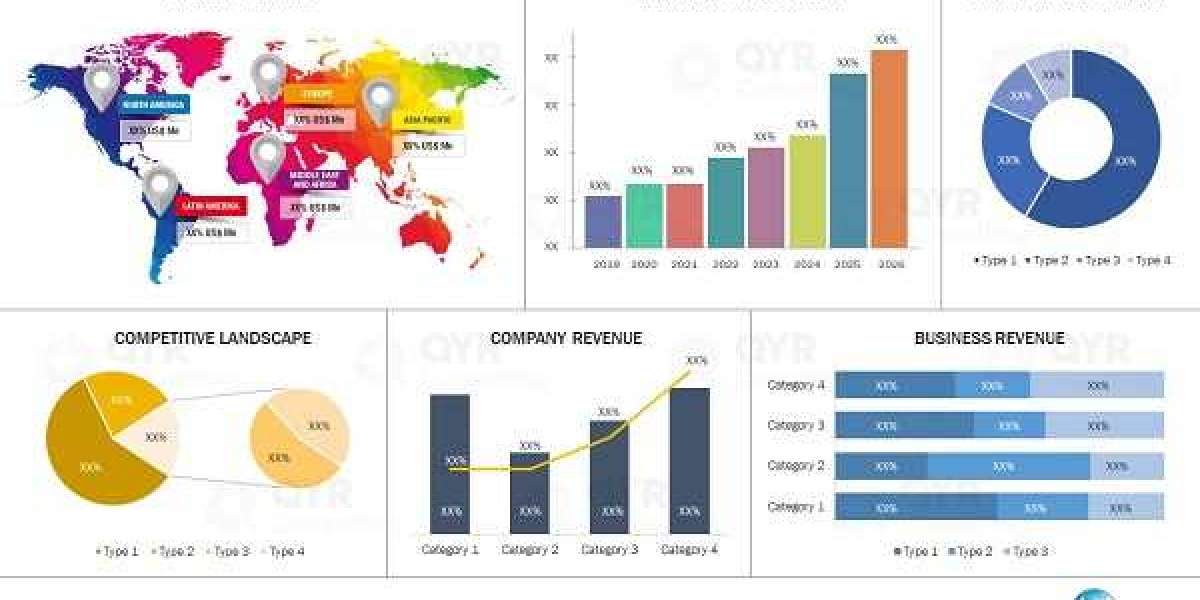在今天這個數位化快速發展的時代,網上遊戲已經成為無數人放鬆娛樂的重要方式。而在這些眾多的遊戲平台中,YY Game 無疑是其中一顆璀璨的明星。無論你是想尋找休閒娛樂,還是挑戰自己的極限,YY Game都能為你提供豐富多樣的遊戲體驗,讓每一位玩家都能在其中找到屬於自己的樂趣。
全新遊戲體驗,無限挑戰
YY Game擁有多種遊戲類型,包括經典的棋牌、賭場遊戲、捕魚遊戲以及熱門的體育賽事等。無論你是喜愛策略思維的玩家,還是熱衷於刺激賭博的冒險者,YY Game都能滿足你不同的需求。平台上的遊戲設計精緻,每一款遊戲都經過精心設計,力求在提供娛樂的同時,也能給玩家帶來真實的賭博體驗。
高品質遊戲,安全可靠
YY Game不僅致力於遊戲內容的多樣化,更在遊戲的安全性上做到極致。作為一個專業的遊戲平台,YY Game採用了先進的加密技術,保障玩家的個人資訊及交易安全。每一筆交易都經過嚴格的監控,確保遊戲過程中的每個環節都公平公正,讓玩家無後顧之憂。
此外,平台對於遊戲內容的審核也非常嚴格,所有上線的遊戲都經過多重測試,確保不僅好玩而且穩定可靠。YY Game深知,只有保障玩家的遊戲環境,才能真正提供長久的娛樂體驗。
客戶服務,隨時待命
YY Game深知,優質的客服服務是任何一個平台成功的關鍵。為了讓玩家享受更加順暢的遊戲過程,YY Game提供24/7的客服支援。無論是遊戲中的技術問題,還是帳號的相關問題,玩家都能快速找到幫助。專業的客服團隊會耐心解答每一個疑問,並且協助玩家解決各種問題,確保每一位玩家的遊戲體驗都能保持流暢無阻。
讓你輕鬆贏取豐厚獎勳
在YY Game,玩家不僅能夠享受高品質的遊戲,還能在遊戲過程中獲得豐厚的獎勳。平台定期舉辦各種活動,提供高額的獎金和豐富的禮品,讓玩家在享受遊戲的同時,還能獲得額外的收益。不論是透過參加日常任務,還是加入平台的大型賽事,玩家都有機會贏得驚喜獎勳。
此外,YY Game還提供了吸引人的首存紅包和優惠,讓新玩家可以輕鬆入場,並享受到更多的遊戲福利。這些優惠不僅讓玩家的遊戲之旅更具吸引力,也增添了更多挑戰和樂趣。
跨平台遊戲,隨時隨地暢玩
YY Game的一大特色就是它的跨平台遊戲體驗。無論是PC端還是手機端,玩家都能夠輕鬆登錄YY Game,享受無縫接軌的遊戲體驗。無論你是在家中、辦公室還是外出旅行,隨時隨地都能夠進入遊戲世界,與全球玩家一同競技。無論是時間短暫的休閒,還是長時間的深度遊玩,YY Game都能夠提供穩定流暢的遊戲體驗。
快速入門,輕鬆上手
YY Game的另一大優勢就是它的簡單易用。即使是對遊戲不太熟悉的玩家,也能輕鬆上手。平台提供了詳細的遊戲指引,無論是新手還是有經驗的玩家,都能夠迅速理解並掌握遊戲規則。遊戲界面簡潔直觀,操作流暢無阻,保證每一位玩家都能輕鬆找到自己喜愛的遊戲,並享受其中的樂趣。
加入YY Game,開啟你的遊戲之旅
無論你是對賭場遊戲情有獨鍾,還是愛好棋牌、捕魚等休閒遊戲,YY Game都能帶給你無與倫比的娛樂體驗。平台不僅提供多樣化的遊戲選擇,還保證每一位玩家在遊戲過程中獲得公平、安全且愉快的體驗。更重要的是,通過精心設計的獎勳和活動,YY Game還能讓玩家在享受遊戲的同時收穫更多。
現在就註冊成為YY Game的一員,開啟屬於你的遊戲之旅吧!加入我們,無論你是新手還是老玩家,都能在這裡找到屬於你的那份樂趣與挑戰,並體驗到更多的驚喜和收穫。讓我們一起在YY Game的世界裡,盡情享受每一刻的精彩!











